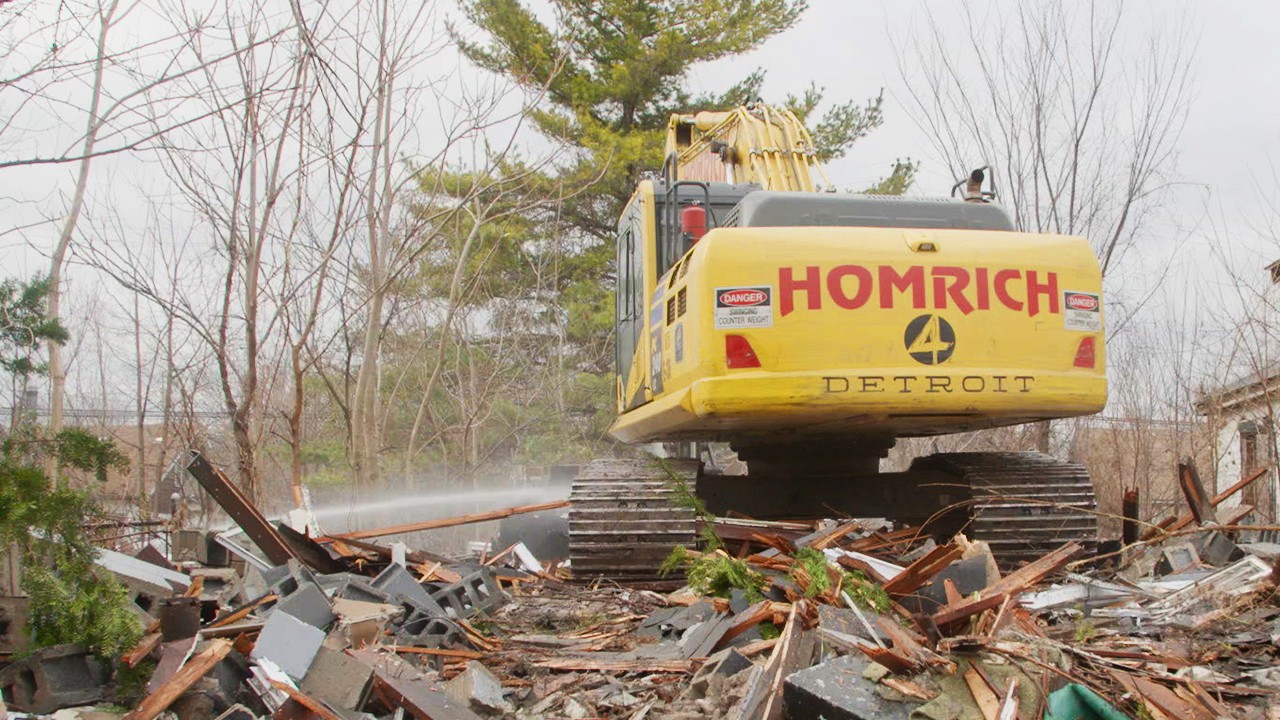Image via Facebook
In 1968, a presidential commission founded to explore the causes of civil unrest in African-American communities came to a stark and disheartening conclusion: “Our nation,” the authors wrote in what became known as the Kerner report, “is moving toward two societies, one black, one white—separate and unequal.”Fifty years later, racial inequalities still persist. That’s why the Campaign for Black Male Achievement (CBMA) has spent the last decade working to close the achievement gap and improve life outcomes for black men and boys. In January, the organization released a new report on the role cities play in reducing the barriers that young men of color in particular face.Statistically, black boys are more likely to attend underperforming schools and be suspended or expelled, and less likely to graduate high school than their white peers. As adults, they’re also more likely to be incarcerated and/or poor: The probability that a low-income black man has been behind bars is about 52 percent. What’s more, the leading cause of death for black males ages 15 to 34, according to the CDC, is homicide.
Check out more videos from VICE:
(Dove, for his part, stressed that their findings do not rate or rank the 50 best cities for black males. “When you look at the data, there’s no city in the nation that’s winning right now,” he said. “It would be great to be able to say this is the best place for black men and boys to be and to thrive. [But] we’re not there yet.”)The work to invest in underserved communities is not obvious for a lot of people, Dove said. “It is disheartening and in many cases tragic … [that] people are ignoring or just don’t see the pain and the perils of not just black men and boys, but all people of color in their cities.”Dove said he hopes their analysis serves as a catalyst for change. “When we look at the political climate and the discourse of divisiveness and hatred that we are experiencing right now in a way that has thrown us back to times of Jim Crow, we have to act with urgency. And we hope that the report helps to spark a sense of urgency: that cities that are not scored on the report or their score is not as high as it should be, they look at the report and say well, ‘how do we act with more urgency?’”He added that many people often feel discouraged when it comes to addressing such institutional problems. But, he continued, “we’ve got to change the square footage around us.”To support the work to address the barriers black men and boys face, check out Black Male Achievement , Cities United , the Executives’ Alliance for Boys and Men of Color , or the My Brother’s Keeper Alliance .
Advertisement
Shawn Dove is the CEO of CBMA. He told VICE Impact that too often, the dominant narrative is that black men and boys, instead of the systems and structures that hold them back, are at fault for these disparities. While it’s certainly a national movement to address these issues, he said, the change happens locally by building bridges between individual leaders hailing from all walks of life, including grassroots initiatives, the private sector, and city hall.“The power of elevating municipalities,” he said, “is that there is real opportunity to institute policy change that can outlast whomever is in city hall. That’s why it’s really important to elevate city leadership.”In their report The Promise of Place: Building Beloved Communities for Black Men and Boys, a follow-up to the first edition that came out in 2015, the authors aimed to shine a light on how committed 50 U.S. cities are to helping black boys and men succeed. To score each city, researchers looked at a number of factors that specifically target black males, including city-sponsored initiatives, national partnerships—such as the My Brother’s Keeper Community Challenge started by former President Obama—and philanthropic funding.“The power of elevating municipalities is that there is real opportunity to institute policy change that can outlast whomever is in city hall. That’s why it’s really important to elevate city leadership.”
Advertisement
Check out more videos from VICE:

(Dove, for his part, stressed that their findings do not rate or rank the 50 best cities for black males. “When you look at the data, there’s no city in the nation that’s winning right now,” he said. “It would be great to be able to say this is the best place for black men and boys to be and to thrive. [But] we’re not there yet.”)
According to the report, 62 percent of the cities featured in the analysis increased their engagement efforts to address the black male achievement gap, while 30 percent held steady. Detroit and Washington, D.C., were the two highest scored cities, with a score of 95 out of 100; Oakland, California, New Orleans, and Boston followed. Among the cities with the lowest scores were Columbus, Georgia, Oklahoma City, and San Diego.While the report serves as a snapshot of the progress being made across the country, it also works as a blueprint for other city leaders by pointing to potential resources and campaigns, and offering more in-depth profiles of how some cities are tackling this important issue. For example, the authors spotlight Seattle’s efforts to improve life outcomes for young black men: Not only did the city launch a new initiative in 2017 with this goal, but the public school system also formed a commission tasked with finding ways to ensure all students, but particularly black males, excel in the classroom.“When we look at the political climate and the discourse of divisiveness and hatred that we are experiencing right now in a way that has thrown us back to times of Jim Crow, we have to act with urgency."
Advertisement
